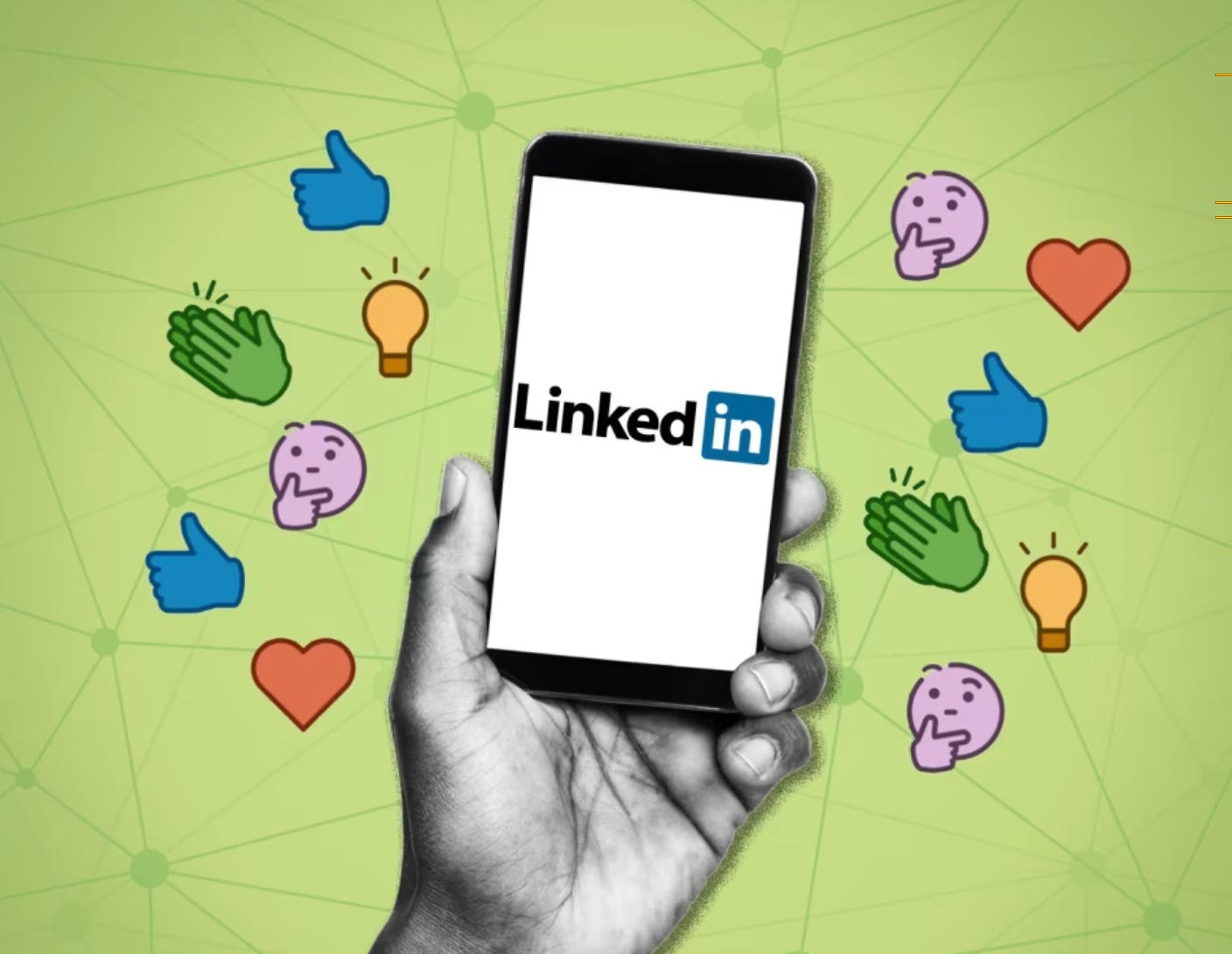How To Flex on LinkedIn (Part 4) - The Superusers
The Financial Times subtly skewers LinkedIn superusers and its comments section steals the show
Comrades: I am humbled to announce that I have been promoted to LinkedIn Superuser!
The Financial Times recently profiled the hustlers known as LinkedIn superusers. They are the most cringeworthy Professional Managerial Class Non Player Characters. LinkedIn is a cesspool of toxic positivity where they get high on their own supply. The superusers lack the…


